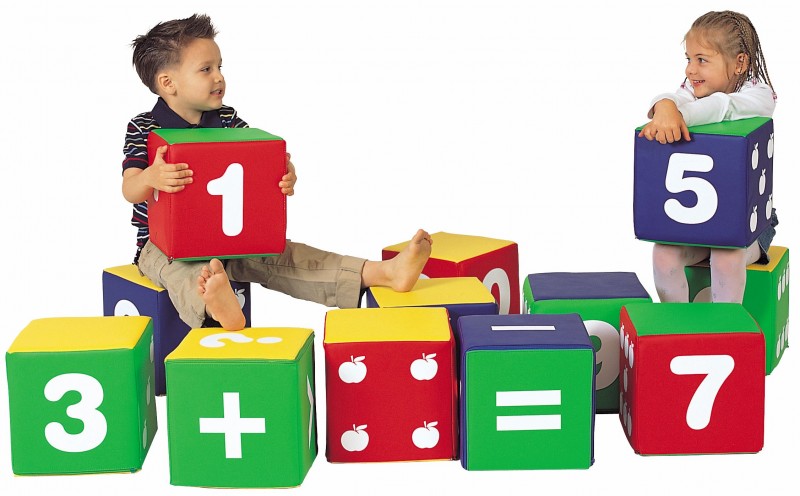Hello! Hope you are having a great summer so far.
I wanted to give everyone an update on what has been happening at Fluency Games during the summer. I did take a short vacation and spent a couple of days being a tourist in Chicago with my wife, but other than that, we’ve been working on getting ready for updates and apps for the new school year!
Percent Bingo
Development should be completed in the next couple of weeks. Once the game is finished, there will need to be some minor user interface issues to work through — primarily setting up for multiple screen resolutions.
The game will feature multiple game levels to play, but will also feature adaptive game play– the game will get harder and introduce new values as fluency with converting fractions and decimals increase. Be sure to read how Percent Bingo is played and download the teacher resources for the paper-and-pencil game. Read more about Percent Bingo at Fluency Games!
BrainPOP
I’ve been working closely with BrainPOP over the past few weeks to integrate Addition Blocks and Multiplication Blocks into their reporting system/teacher dashboards. They are using these games as a test case to see how viable is the process.
Web Portal
I’ve hired a developer to work on a parent/teacher web portal for accessing the Fluency Games apps Student Progress and Performance Analysis reports. Coming this fall will be the ability for teachers and parents to monitor students’ increase in fluency and determine which fact families they are having problems.
Addition Blocks/Multiplication Blocks
These games will have a two new features in the next release:
- Anti-Cheat code that detects when the kids are quickly and randomly tapping or clicking digits
- Score bonuses for faster responses – Both games will have a countdown bonus points scored for the quicker the players destroy the target blocks
Subtraction Blocks
The core game has been completed and work on individual levels has begun. Subtraction Blocks will be a different game than its predecessors (Addition Blocks/Multiplication Blocks), with new game play mechanics, great graphic design, over 80 pre-designed levels with specific goals and challenges. This will be much more of a ‘Candy Crush’ game than the other two. Read more about Subtraction Blocks!


